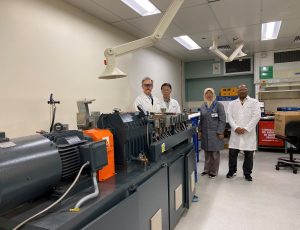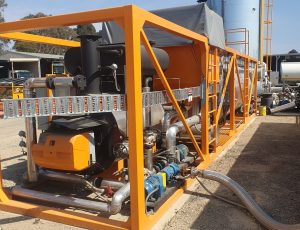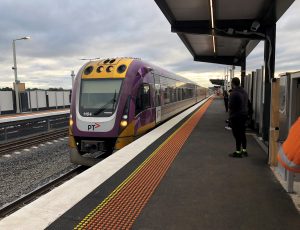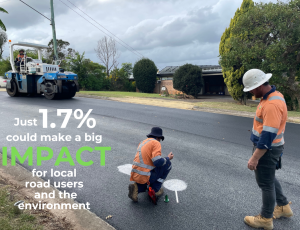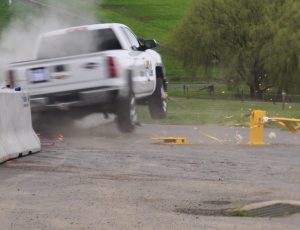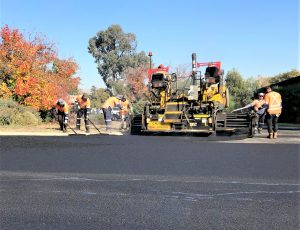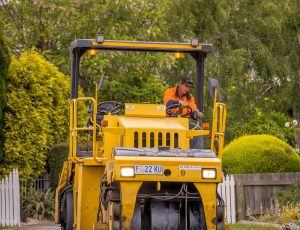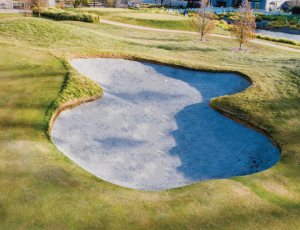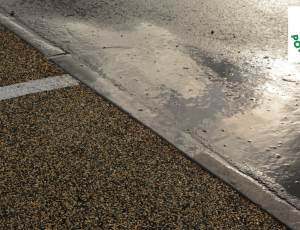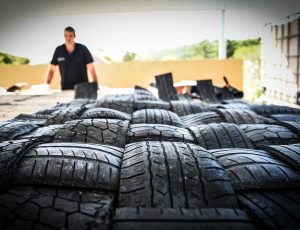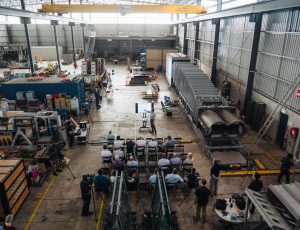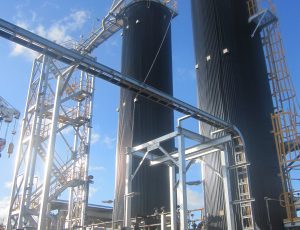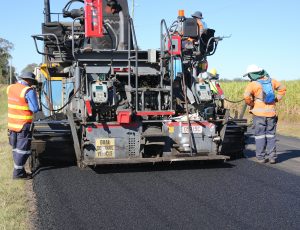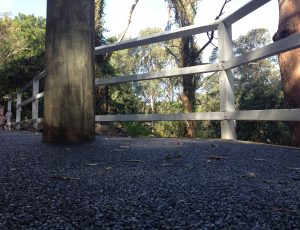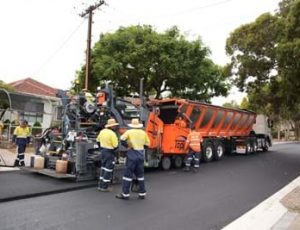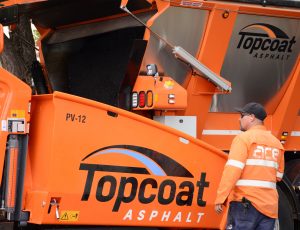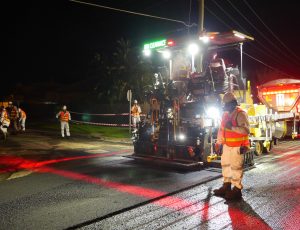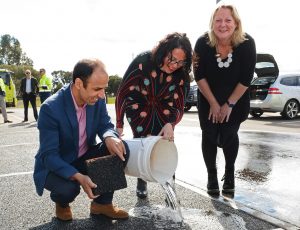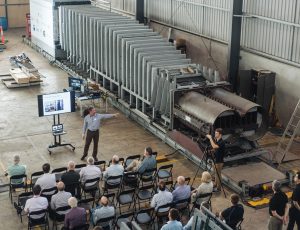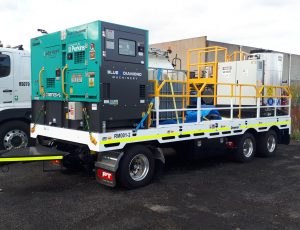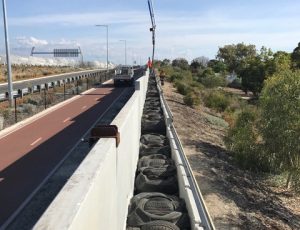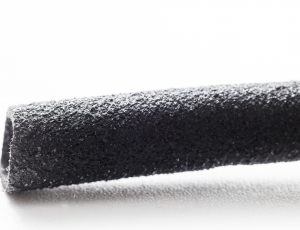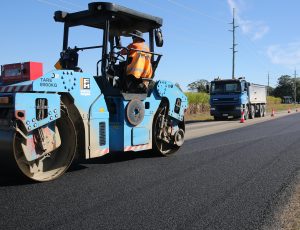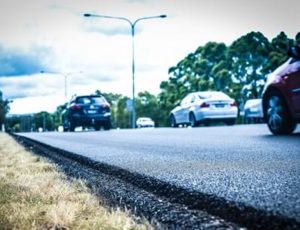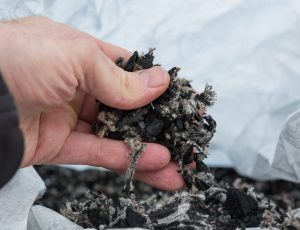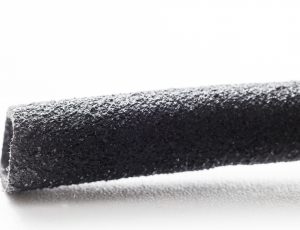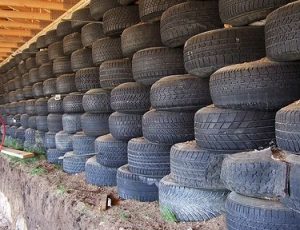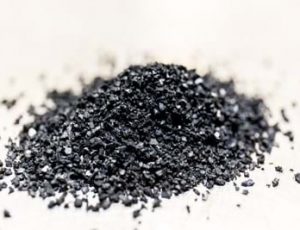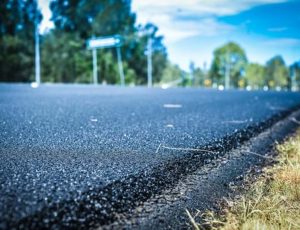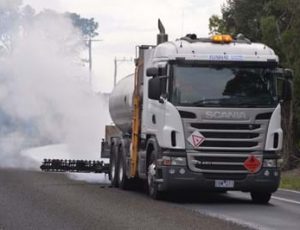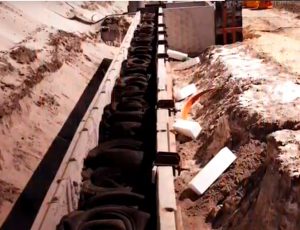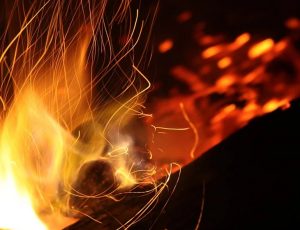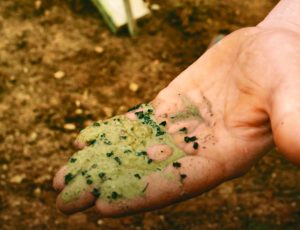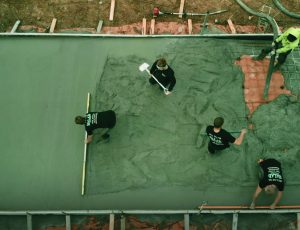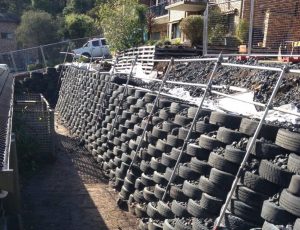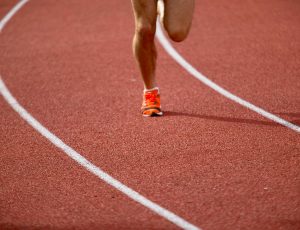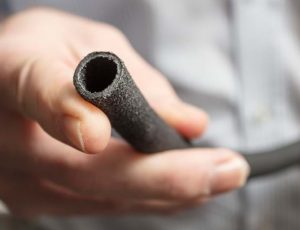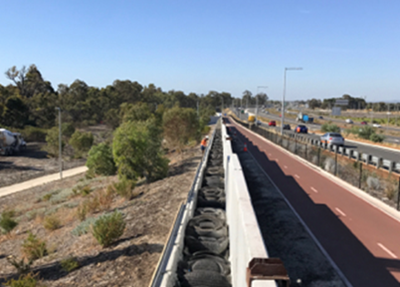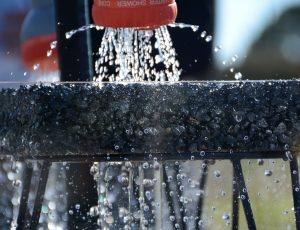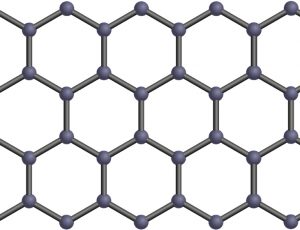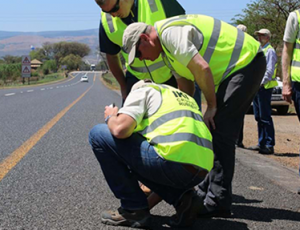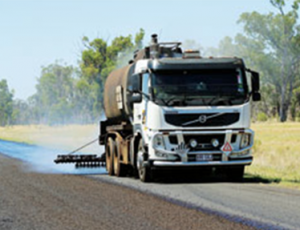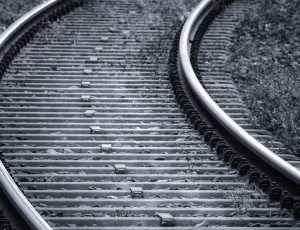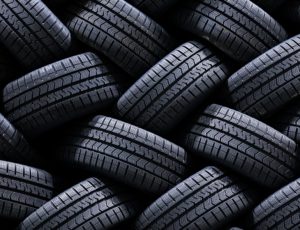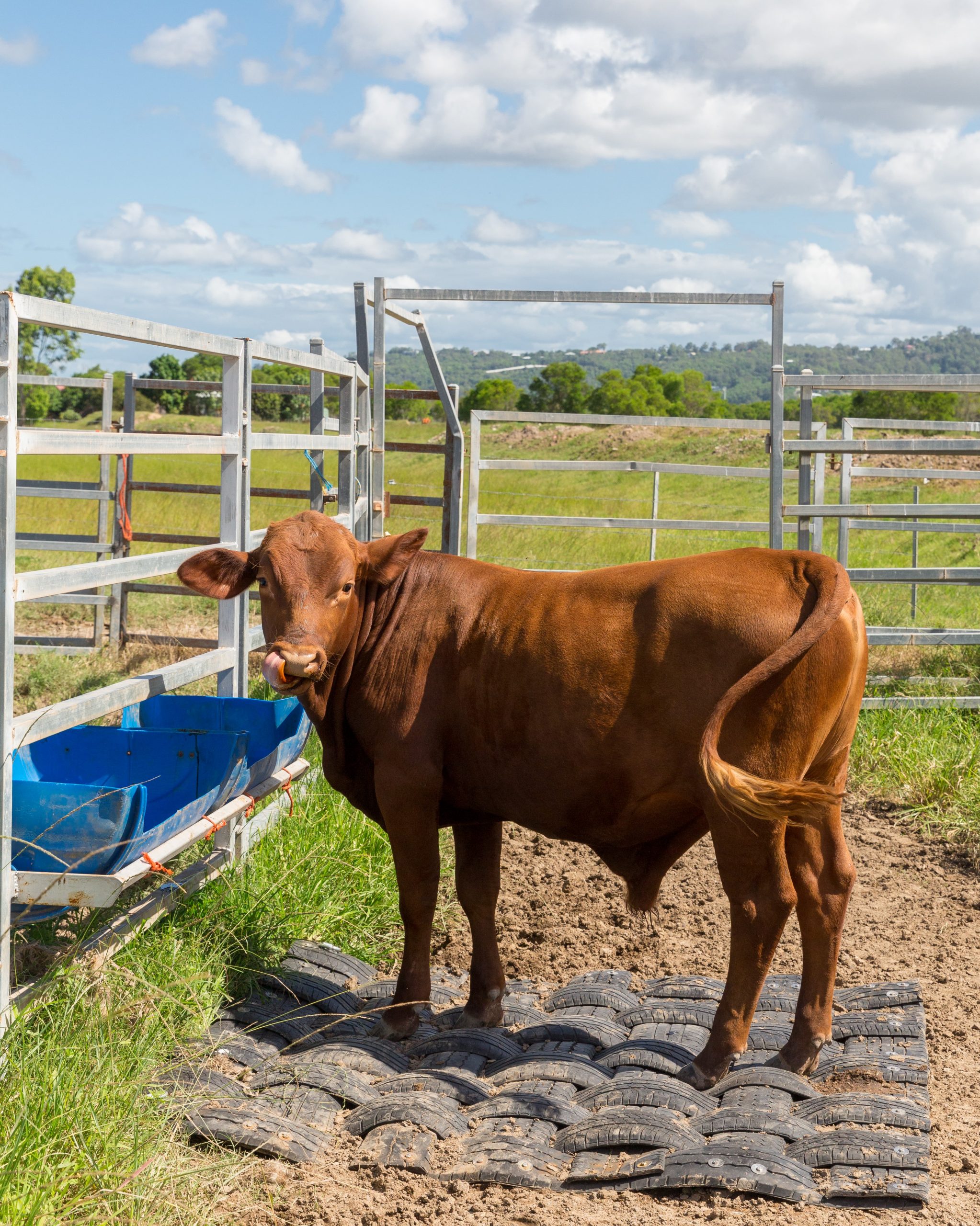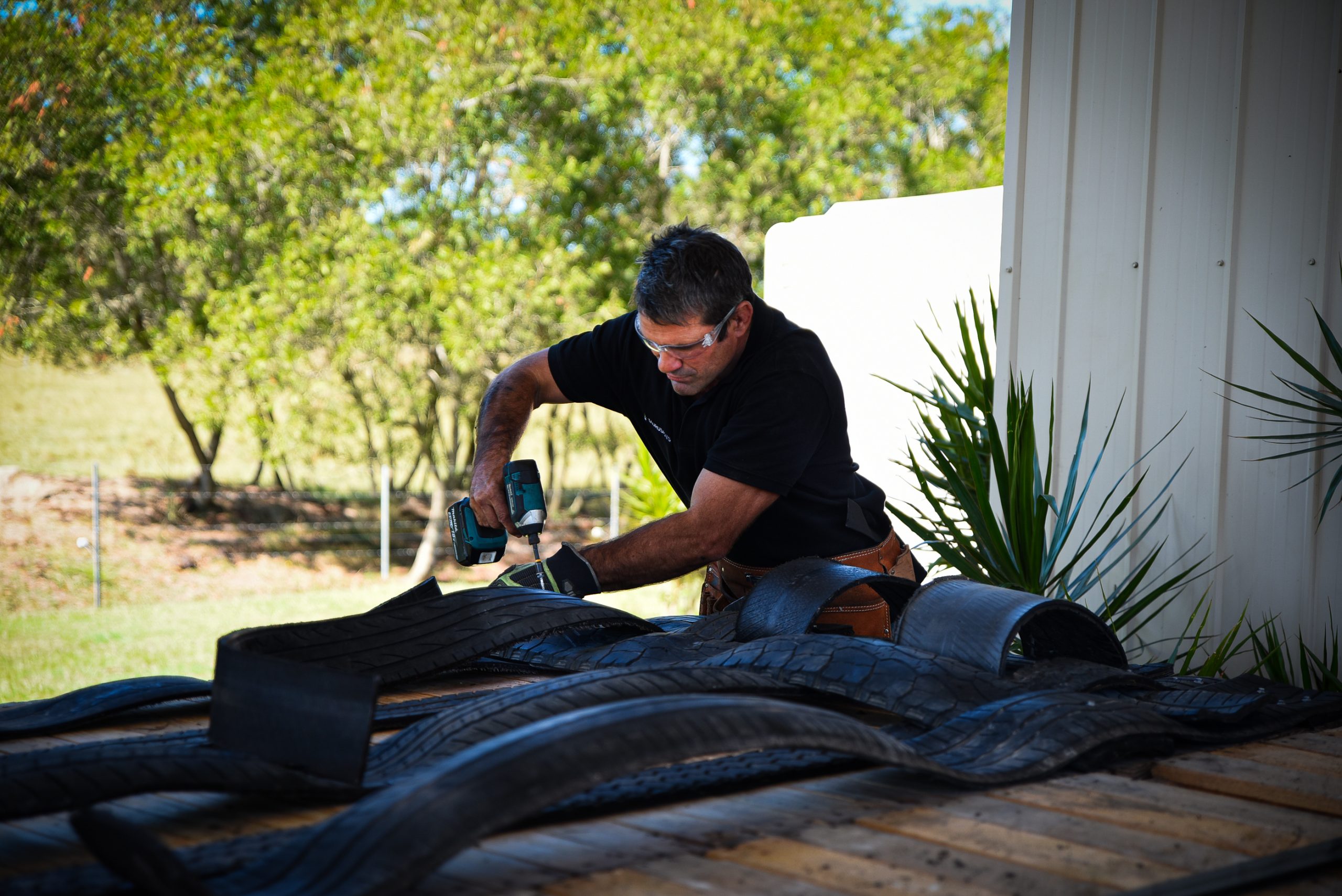Current Projects
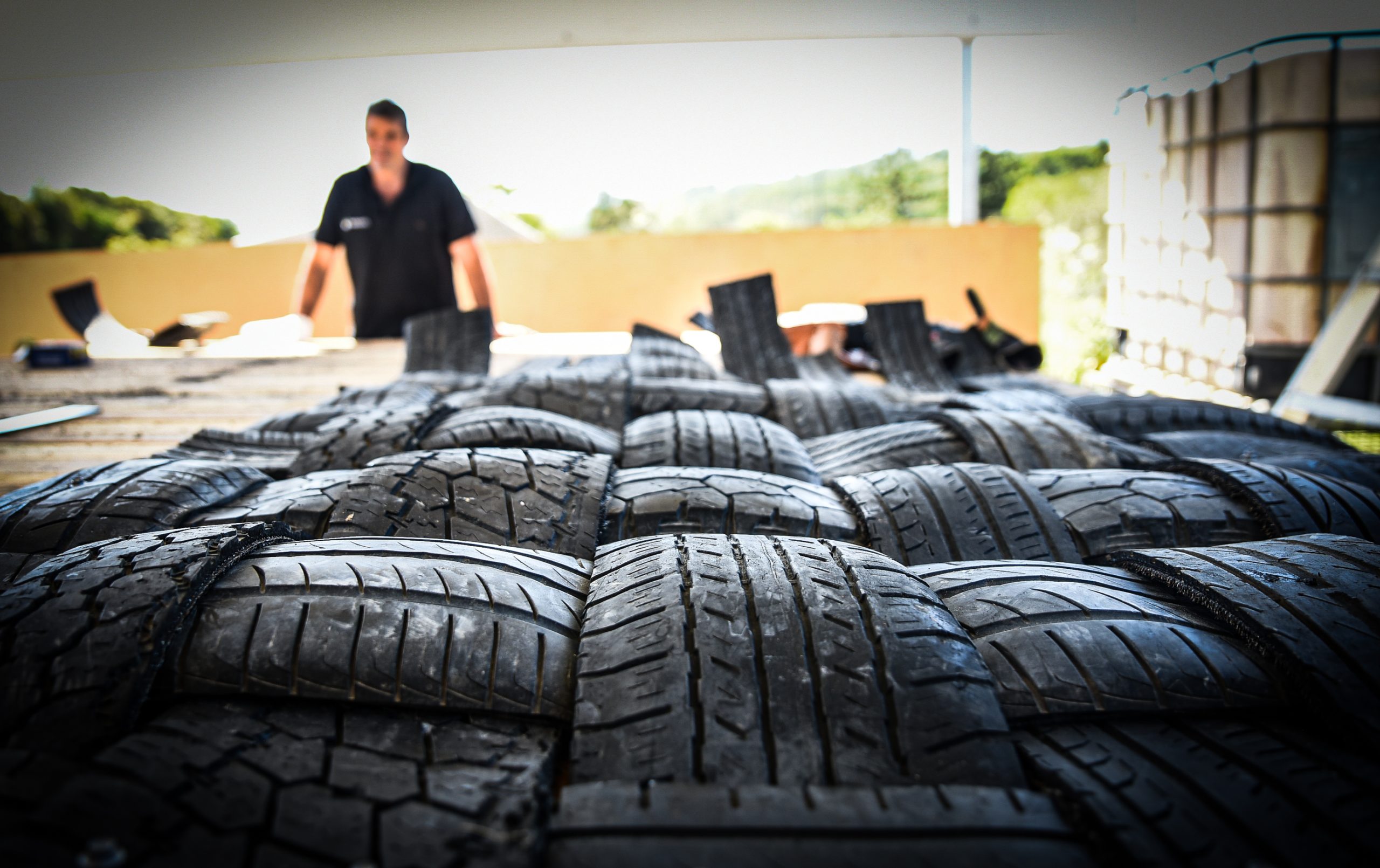
Current Project > Advanced Manufacturing
Taurus Mats: Tyre tough agricultural mats
11 August 2021
Turning used tyres into woven mats for safer farms
An innovative Queensland farmer is using low energy upcycling of Australian scrap tyres into woven mats to help reduce livestock injuries and protect the livelihoods of graziers.
With funding from Tyre Stewardship Australia, Sunshine Coast farmer Owen Henry has developed Taurus Mats, providing livestock managers the twin benefits of cost effectively protecting livestock and reducing their environmental footprint.
Taurus Mats create a safer, non-slip surface for livestock in high traffic areas including mustering. Made by weaving together used passenger and four-wheel drive tyre treads then fastening them with stainless steel bolts, each square metre of Taurus mats uses 19 tyre treads.
When Mr Henry first trialled the product, it was a risky job – tackled by hand with an angle grinder.
A grant from TSA helped Mr Henry buy a much safer, more efficient machine to slice away the tyre walls.
Australian designed, developed and built, the mats are custom engineered for local livestock production systems. And they’re proving hugely popular.
“Not only are injuries reduced but the overall wellbeing of the animal is improved by increasing traction and comfort underfoot. This is great news for producers because they’re caring for their animals and saving money by protecting their livestock from slip injuries and fatalities.,” Mr Henry explains.
CEO Lina Goodman says TSA is “very proud” to be involved. “People like Owen are coming up with innovative solutions to real problems. Being based close to its key markets in Queensland means Taurus Mats have lower transport emissions compared with international competitors. And they use up to 1,000 tonnes of Australian end-of-life tyre material each year. The potential is really exciting.”
Their durability and slip resistance are useful beyond livestock management, allowing Taurus mats to extend the recycling benefits of its product lines. New markets being explored include reducing worker injury on wet construction sites and stabilising access roads during floods.
To view the full case study click here
